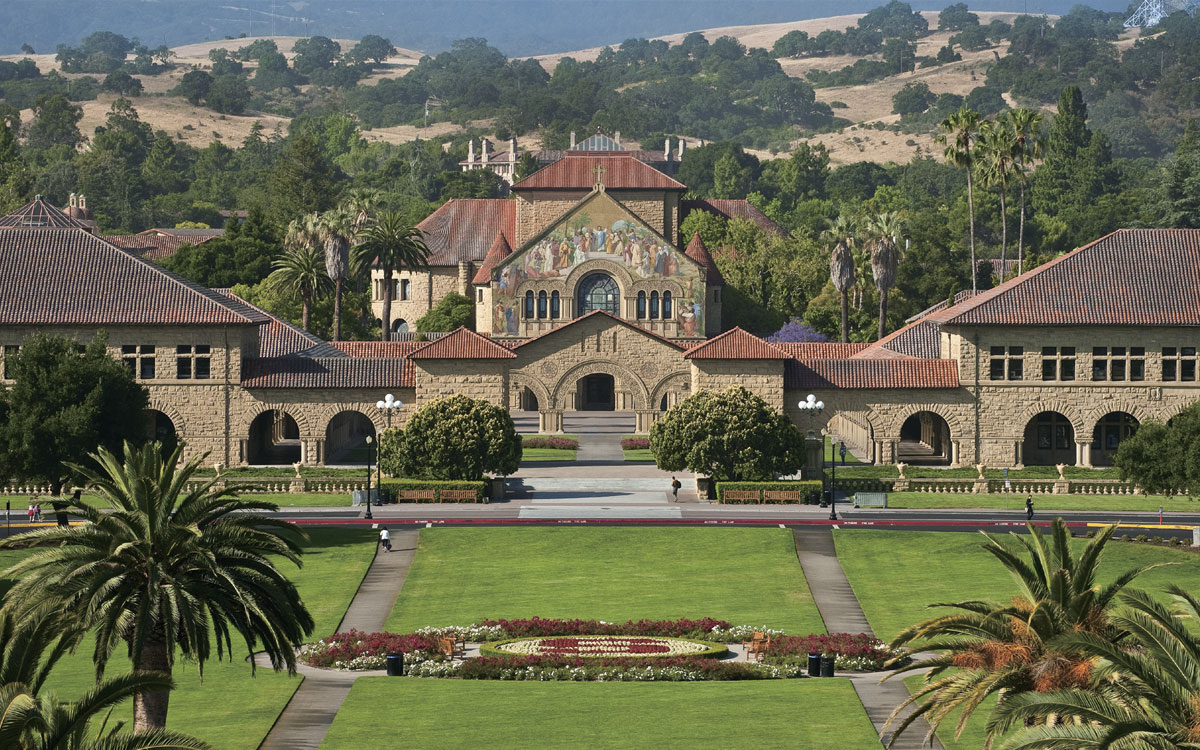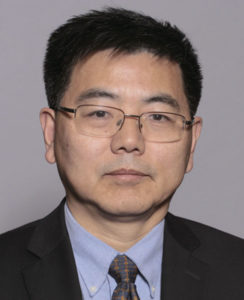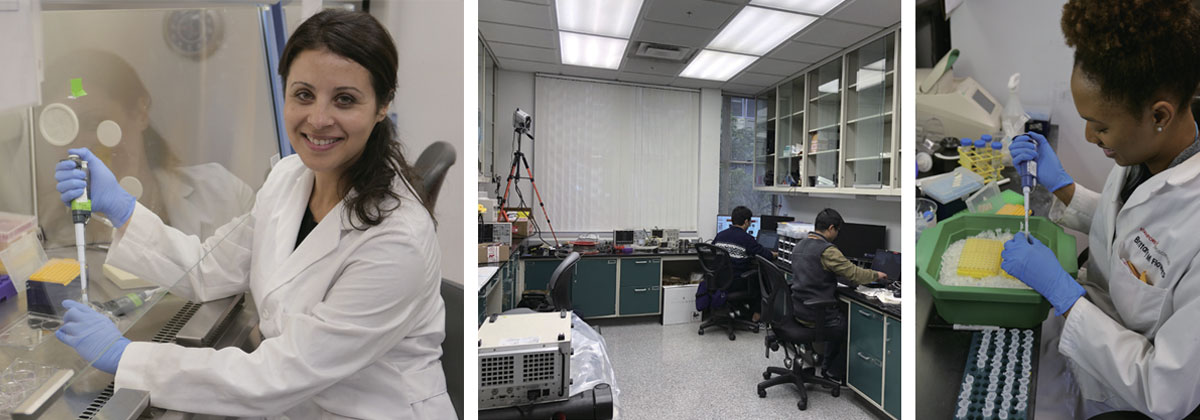Voices from Stanford
Research Highlight | March 17, 2020
This article is an excerpt from the research magazine “Tackling Global Issues vol.2 New Era of Radiation Therapy to Fight Cancer.” Click here to see the table of contents.
Since its foundation in 2014, the Hokkaido University Global Station for Quantum Medical Science and Engineering (GSQ) has been conducting extensive collaborations with Stanford University’s Radiation Oncology Department. Divided into the Hokkaido University Unit headed by Dr. Hiroki Shirato and the Stanford University Unit headed by Dr. Quynh-Thu Le, doctors and researchers from both institutions work together in the fields of medical physics, clinical science, and radiation biology, devising and conducting joint-experiments and sharing research data and results to further expand the understanding and application of radiotherapy.
Dr. Le and her colleague at Stanford, Dr. Lei Xing, shared their thoughts on the GSQ collaboration in this article.
|
|
|
|
|
The collaborations with faculty and students from Hokkaido University (HU) have been very fruitful and mutually beneficial, as the two teams have similar mindsets and research and clinical goals, but somewhat different skills and experience. For example, the team members from HU have abundant experience in proton therapy; coupled with the availability of the state-of-the-art proton therapy system at HU, this greatly benefited our group from Stanford University. With access to in-depth knowledge and proton therapy equipment, we were able to accomplish several important research projects that would have otherwise been impossible, including several biological and clinical research projects outside of proton therapy, that have resulted in a number of impactful joint publications.
Currently, there are several ongoing projects within the GSQ that are very promising. The development of proton acoustic imaging in particular is both scientifically interesting and clinically important because it could help identify “in vivo range verification”; a critical step to minimize the final uncertainty in proton dose delivery.
In practice, proton therapy has been a treatment modality of increasing interest in radiation oncology, as it delivers maximal doses of radiation to a tumor within a narrow region defined by the Bragg peak — the point where protons moving through matter release the most energy before coming to rest. However, uncertainties in predicting the location of the Bragg peak in human tumors can adversely impact treatment accuracy, leading to either under-dosing the tumor or over-dosing the surrounding healthy tissues.
Our collaboration is addressing this challenge to provide a clinically practical solution to this bottleneck problem in proton therapy. We are actively working on developing both time-of-flight (TOF) and time-reversal (TR) protoacoustic imaging techniques, which use sound waves to estimate the Bragg peak position. These techniques will provide critical tools for the quality assurance of proton therapy independent of tumor size, shape or location within the body, and will lead to enhanced patient survival while minimizing treatment toxicity.
The Stanford team is internationally known for our expertise and creativity in medical imaging, treatment planning, and radiation biology. Our knowledge in these fields have been extremely valuable in moving collaborative research with HU forward. Trainees and students from both institutions have benefited greatly through active participation in these collaborations. They get to know not only each other and the faculty members, but also themselves. They learn to assess their own skills, knowledge, efficiency and reactions to requests and critiques. They also learn to re-evaluate
their critical thinking and decision-making skills through their first-hand experience in computational and hands-on physics and/or biological experiments.
The biggest challenge presented during the collaborative process with HU has perhaps been the lack of real-time two-way communications due to the geographical separation of the two institutions. The Stanford and HU teams understand the importance of being on the same page to creatively motivate and bounce ideas off each other, brainstorm, and learn from each other throughout the process. To help alleviate the challenges presented by the physical distance, frequent visits of faculty and students have taken place in addition to regular telecom conferences.
While continuing our current projects, we plan to initiate a few new projects related to artificial intelligence in medicine (AIM) and stereotactic body radiosurgery (SBRT). AIM promises to fundamentally transform healthcare, and the tremendous possibilities that AI can bring to medicine have triggered a flood of recent research activities. We plan to utilize newly available deep learning technologies from the engineering fields and develop solutions to improve current clinical practices in radiation therapy. We strongly believe that the collaboration with HU will provide new opportunities for future clinical innovations and breakthroughs. The collaboration regarding SBRT is directly related to patient care and may help the transition of the cutting-edge research being performed in the GSQ from the lab into clinical practice. The Stanford group has extensive experience in SBRT treatment of cancers of the prostate, liver, lung, head and neck, and brain. With effective integration of emerging therapeutics, we will work together to develop individualized SBRT treatment strategies and image guidance tools to advance the management of cancer patients.
Click here to see the table of contents.




